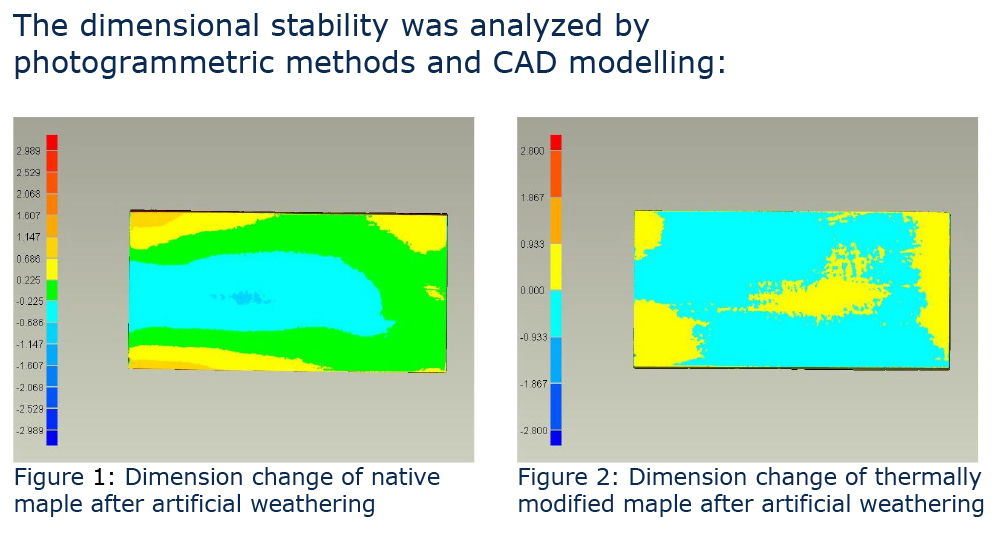知 & 識
We believe in Simple & NatureIntroduction – The problem
• Increasing demand in high quality musical instruments on the world market
• Strong competition in the cheap segment of musical instruments
• Clear reduction of specific wood for musical instruments in the
next years
– on the national market
– and international market
•Use of tropical wood for musical instruments
-->Preparing investigations to support the manufactures of musical instruments are necessary
Goals of a modification
Working hypothesis of the project:
„One of the possibilities to supply the timber demand of the musical instrument industry could be the use of thermally modified wood“
The following goals are to be carried out by the modification:
•Use of woods, which were so far not used for musical instruments
• Replacement for expensive or rare import timbers
• Improvement of the characteristics of wood for the use in musical instruments
• Improvement of the sorption behaviour: Decrease shrinking behaviour
• Artificial aging of the wood
•Decrease of long storage times
Some results of the screening test
•Mild treatment leads to increase of Young‘s modulus, sound velocity and decrease damping
• Strongly modified wood may not reach the proportional limit by bending testing, a strong modification leads to not acceptable
losses of strength
• The radiatio ratio (soundvelocity over density) increase by mild treatment
R= c/p
p : density
c : sound velocity
R: radiatio ratio
•No change of the anatomical structure of the modified wood but defects and microcracks were analysed
•High dimensional stability of thermally modified maple
• Reduced water-sorption of thermally modified wood (determined by DENT theory)
Defects and microcracks

Dimensional stability

Conclusions of the project
Three new application areas for thermally modified wood in small musical instruments:
1. Use in musical instruments, high dimensional stability and a small moisture sorption are required, for example in wind instruments, in addition, stringed and fretted instruments, which are played in different extreme climatic zones of the earth.
2. Use in musical instruments, where specific sound characteristics are required, otherwise only be reached by use of woods stored for a very long time, for example for stringed and fretted instruments. A reduction of storage times and that way a significant saving on storage costs can be obtained.
3. Since the thermally improved wood shows similar sound characteristics as naturally aged wood, it is suited for the restoration and reconstruction of old musical instruments.
Reference:
Alexander P., Prof. André W.,Gunter Z., Klaus E., 2005: Use of wood performed by heattreatment for musical instruments
Facultyof Mechanical Engineering–Chair of Wood and Fibrous Materials Technology
InstituteforResearch andDevelopmentof Musical Instruments –Adjacent Institute of TU Dresden

